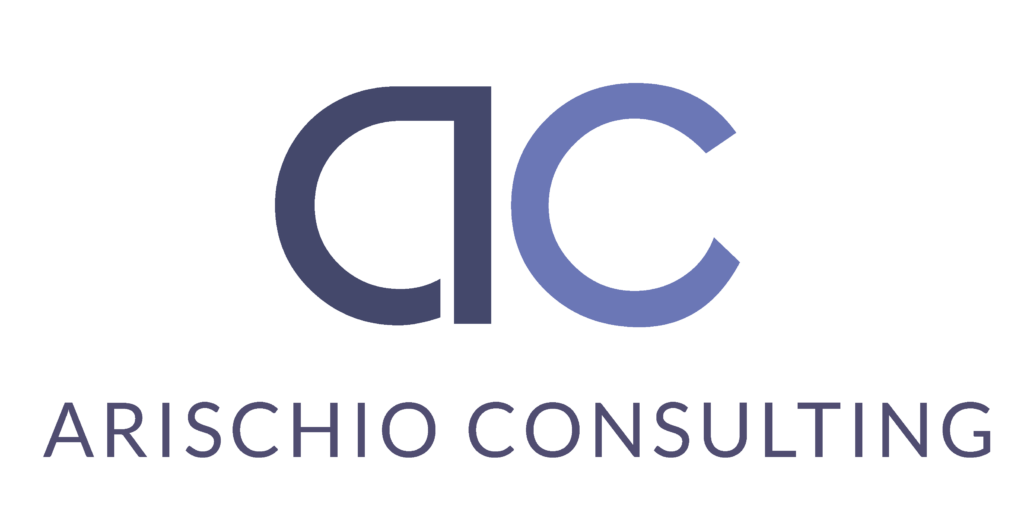I’m currently rolling out a risk and control assessment process across the IT function of a small challenger bank. Done properly, it should be a game changer. Below I’ve listed the good and ugly:
Benefits:
Enhances risk awareness: Encourages management and staff to actively think about potential risks in their department. This increases risk awareness and promotes a culture of risk management throughout the organization.
Identification of Emerging Risks: Since RCSA is typically an ongoing process, it helps identify new and emerging risks early, allowing the firm to take proactive rather than reactive ones.
Ownership and Accountability: RCSA involves various levels of staff in the risk assessment process, fostering a sense of ownership and accountability for managing risks effectively.
Improved Decision-Making: By understanding the risks and controls in place, management can make more informed decisions, prioritizing resources and efforts where they are most needed.
Resiliency: Enhances the organization’s resilience to shocks and adverse events by preparing them to respond effectively.
Cost Efficiency: Identifies redundancies and inefficiencies in control mechanisms, potentially leading to cost savings.
One of the major drawbacks of RCSA is the potential for subjectivity and bias, as individuals may underestimate risks or overestimate the effectiveness of controls based on their personal perspectives or interests.
Conducting comprehensive RCSAs can be time-consuming and require significant resources, which might be challenging for smaller firms with limited staff and budgets.
Complacency: There’s a risk that periodic assessments lead to a tickbox mentality, where staff might complete the RCSA for compliance rather than as a genuine risk management effort, leading to complacency.
If not updated regularly, RCSA can rely on outdated information, making the assessments less effective and relevant to current conditions.
How can we improve the RCSA process?
Training and Culture: Implement comprehensive training for all involved in RCSA to reduce subjectivity and increase consistency. Foster a culture that values honest and accurate risk assessment.
Use of Technology: Leverage technology solutions like automated tools and software to gather data, analyze trends, and track assessments, which can help reduce biases and improve accuracy.
Third-Party Reviews: Involve external auditors or consultants to review and validate the RCSA process and outcomes, ensuring objectivity and adherence to best practices.
Regular Updates and Follow-Ups: Ensure that the RCSA is a dynamic tool by regularly updating risk assessments and following up on recommended actions to address identified risks.
Integration with Broader Risk Management: Integrate RCSA outcomes with the broader enterprise risk management framework to ensure that insights from the assessment inform wider risk strategies and policies.
What do you think of RCSAs? Keen to hear your thoughts.

